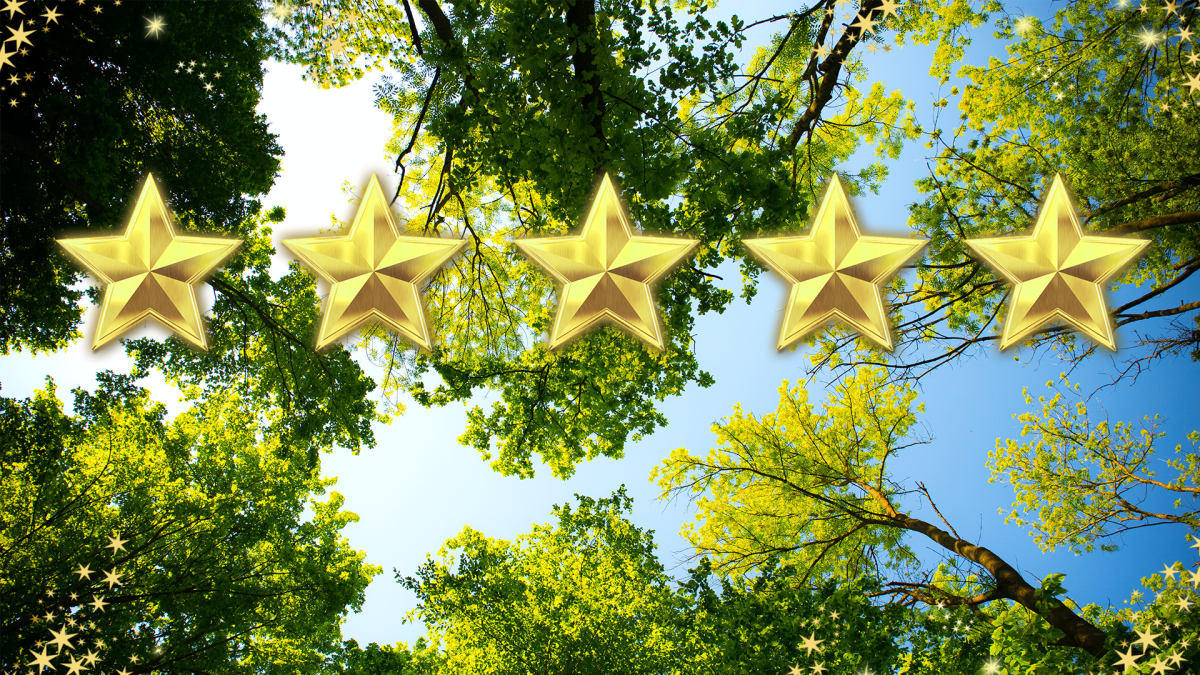Students will investigate how a simple circuit works through the use of Squishy Circuits. This is part 2 of a 3 part unit but can also be done as a stand alone activity. Students will draw and label
In this lesson, students will build on what they understand about heat/energy transfer to research, design, and construct solar cookers.
In this lesson, students begin to develop questions about what is being wasted in our school. It could be waste during lunch or waste as an overall school. Students will conduct an investigation
This lesson helps kids have an understanding of how our eyes capture light. A camera captures pictures of objects using a similar way so in this experiment, kids will be making a camera using simple
This lesson is from Arizona Game and Fish Department. The lesson has students look at data on elk-vehicle collisions on State Route 260. The road is being widened to a two-lane divided road with elk
Introduction to how a solar panel works. Students get to explore how to power a fan and lights using a solar panel and a motor. Students get to see a diagram of a solar panel and start to make a model
It is a lesson that is based on Mathematical computation and Project based learning. Students have to find the proportional relationship between the surface area of the house and the paint to be used
Students will be reading an article and answering questions on Solar Panels to help them complete their model of how the solar panel converts the sun's energy into electricity,.
Students will first build and collect data on how fast their solar car is. Then students can change items to increase the efficiency of the solar panel to increase the overall speed of the solar car.
Students will create an inclined plane using Pythagorean Theorem and will experiment with rolling objects and try to find a solution to reduce the speed through friction, or air resistance or weight.
Context: This lesson takes place in a classroom for two or more class periods Students may work in small groups of 2-4. An emphasis on the experiment of making an indestructible Edison robot Creative
Students use the engineering design process to create paper rocket protoypes and complete a cost-benefit analysis to help choose the best one.
Students think about dipping a cube in paint, then count the amount of faces that are painted (either 1, 2, 3, or none) they then make a table with the data and are asked to find any patterns they may
Students examine the relationship between a ball's bounce height and its drop height to see a linear relationship. They then calculate the slope of their data to compare "bounciness" with other groups
The lesson is designed for use as part of a unit on energy transfer within a system. Before doing this lesson, students should have a basic understanding of potential and kinetic energy. Students will
Using the Engineering Design Process, students work in teams to create a covered wagon that the Bee-Bot pulls as they program on a mat from Missouri to Oregon. Students are learning about the Western
Students use color theory, write recipes, and use an iterative design process to create a natural dye.
In 5th grade Social Studies we learn about the American Revolution and study evidence of Espionage used by the Patriots to win the Revolution. Prior to the activity students will read a variety of
In this lesson, students will apply the knowledge of calculating volume to determine the amount of soil they need to fill their planters. They will also use their skills to multiply and divide the
Using prior knowledge of vertices, angles and sides, students will explore the traits of six shapes, polygons and non-polygons, and correctly categorize shapes with corresponding traits.
This lesson is part of a 4-Day mini-unit developed for 7th and 8th grade about Ethics and Artificial Intelligence. This introductory lesson can be used as a stand-alone lesson analyzing the meaning of
This lesson is part of a 4-Day mini-unit developed for 7th and 8th grade about Ethics and Artificial Intelligence. This lesson can be used as a stand-alone lesson to support understanding Artificial
Featured Lesson Plans
Check out these notable lesson plans.

Ballooning Spider Phenomenon
Lesson Description: In this first-grade lesson, we will learn about the amazing world of spiders! We'll start by exploring the life cycle of a spider, from when it hatches to how it grows and changes

Pocket Creature Build Challenge
In this build challenge, students will work in teams build a small creature out of recycled materials that serves a purpose. This outstanding lesson is easily customizable to engage in various science

This is the 3rd and final lesson in a series of 3. In this 8-week project, 6th-grade students will collaborate in small groups to create eco-friendly inventions that aim to reduce their carbon


